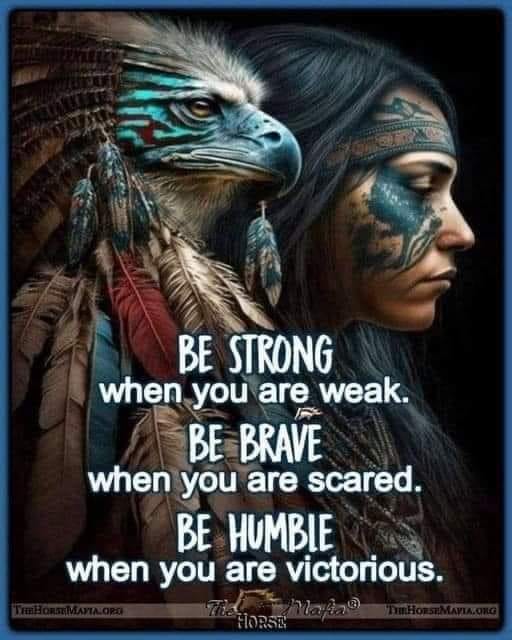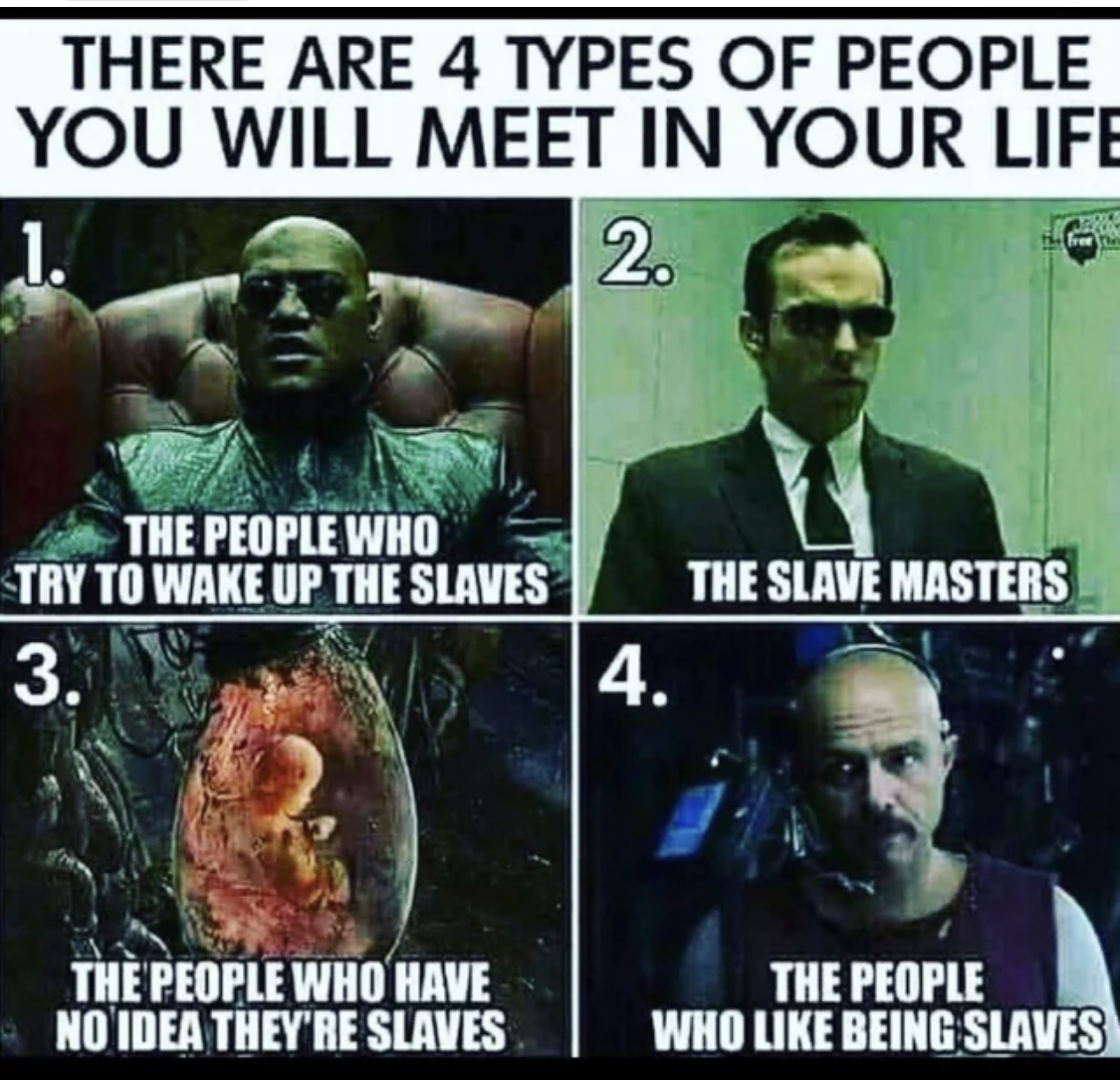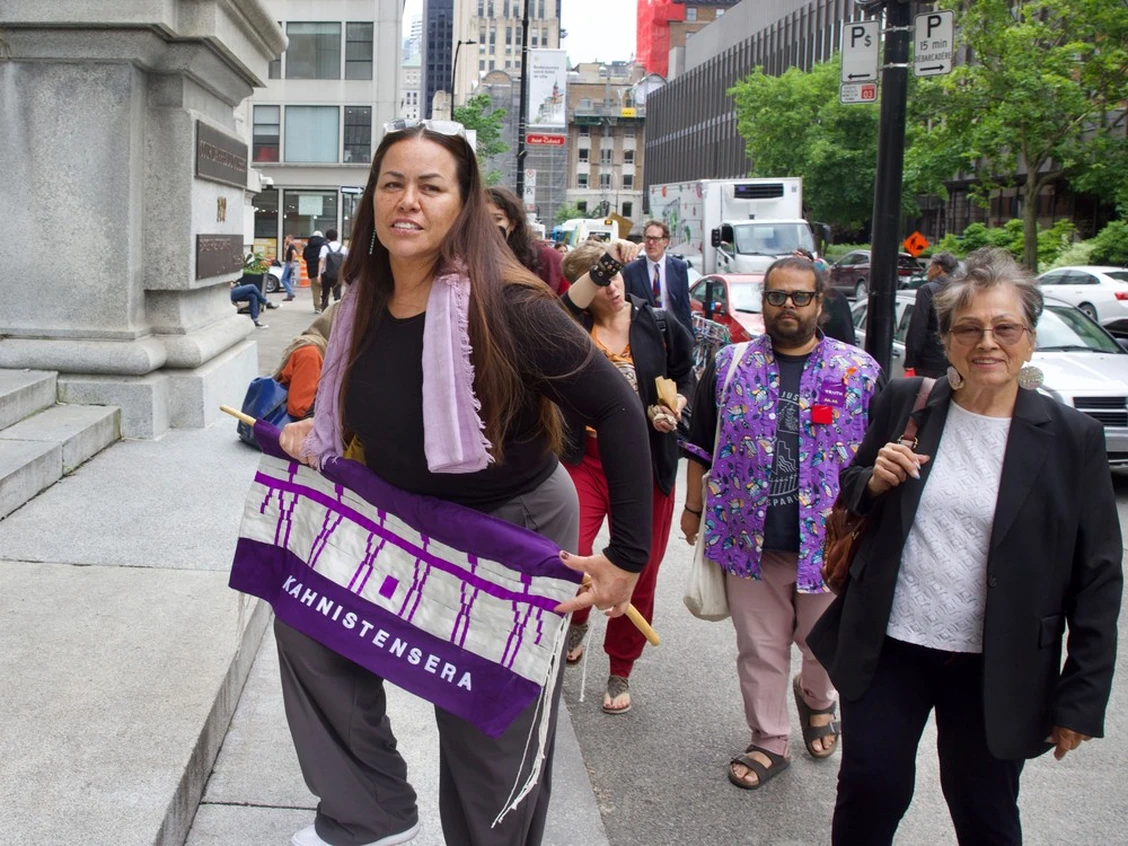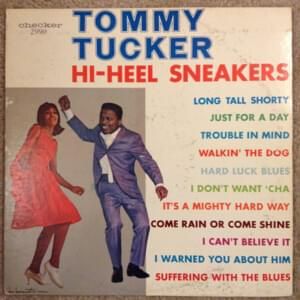Submission by Kahnistensera Mohawk mothers
Shé:kon Sewakwekon, Justices,
The Kahnisrtensera Mohawk Mothers stood before the three justices of the Quebec Appeals Court in Montreal. All kanienkehaka women are Kahnistensera, “life-givers”, with a privileged relationship to the children and the earth which lies at the heart of this court case. Kahnistensera contains the word Onerits’ta, which is the umbilical cord and the stem of a fruit. As a tree bears fruit, of which they are caretakers. Their precolonial constitution, Kaianerehkowa, comes from time immemorial and is translated as the path of the “Great Law of Peace.”
The Women’s Nomination Belt, which was presented to the judges, is a reminder of women’s duties. Section 44 of the first written translation of the Great Law of Peace, published in 1916 states “The lineal descent of the people of the Five Nations shall run in the female line. Women shall be considered the progenitors of the Nation. They shall own the land and the soil. Men and women shall follow the status of the mother”. They are the stewards and caretakers of the land for the coming faces, “Tahatikonhsontóntie.” Furthermore, they hold the titles of the 49 families that make up the Confederacy and depose those who stray from the great peace.
It is the women’s duty to search for the missing and murdered children following the colonial genocide program inflicted on indigenous people. They must find, protect and return the remains of the relatives to their families and communities, one of the most important exercises of their inherent duties.
 They self-represent in these colonial legal proceedings because the Kaianerehkó:wa and their cultural practices, customs and traditions provide that they do so. Their position is based on the clan-based consensual decision-making protocols from time immemorial. They are now carrying out their duty to represent themselves before the Superior Court beginning almost two years ago. Justice Gregory Moore of the Superior Court Montreal recognized their public interest standing and their right to represent themselves in his judgement of September 20th, 2022; that they can legitimately represent themselves and the public interest of their people by upholding their individual responsibilities as caretakers of the land and children.
They self-represent in these colonial legal proceedings because the Kaianerehkó:wa and their cultural practices, customs and traditions provide that they do so. Their position is based on the clan-based consensual decision-making protocols from time immemorial. They are now carrying out their duty to represent themselves before the Superior Court beginning almost two years ago. Justice Gregory Moore of the Superior Court Montreal recognized their public interest standing and their right to represent themselves in his judgement of September 20th, 2022; that they can legitimately represent themselves and the public interest of their people by upholding their individual responsibilities as caretakers of the land and children.
This judgement was never appealed. The Attorney General of Quebec now submits that they aren’t worthy of the honour of the Crown because they are individuals and not an incorporated group. First, they are carrying out their obligations towards their children of the past, present, and future. Second, Incorporation is a feature of colonial society, not theirs. Their society has organized councils, fires, traditions and families. They condemn the Attorney General’s attempt to undermine their standing as the original people on onowarekeh, turtle island, their collateral attack on Justice Moore’s decision; and their attempt to relitigate what was already adjudicated, which constitutes sharp dealing and an abuse of process.
The House of Commons ratified the UN Declaration on the Rights of Indigenous Peoples in the UNDRIP Act, 2021; the provinces are encouraged to implement the Act and the Declaration as a basic source in interpreting Canadian law. Articles 3 and 5 protects their right and duty to represent the interests of coming generations; Articles 11 and 12 asserts the rights of cultural manifestation, traditions, ceremonies, and laws; and Article 18 provides that “Indigenous peoples have the right to participate in decision-making in matters which affect their rights, through representatives chosen by them according to their own procedures”, as well as to maintain and develop their own indigenous decision-making institutions.
The rights in this case fall under a larger nation-to-nation relationship with the Crown as sovereign allies for centuries. “Canada” is a Mohawk word. They are bound by shared histories and original agreements, the Tehiohate Two Row Wampum and the Silver Covenant Chain. These processes uphold mutual respect and dialogue on onowarekeh.
Yet the Attorney General of Quebec claims that the Honour of the Crown is not at stake in this issue. They beg to differ. Kahnistensera brought these claims as mothers, in their traditional and official capacities, as custodians of the soil and of everything it contains, and of the children of the past, present and future. They are born into their lifetime of duties, bound to uphold them forever according to the kasahtsensera kowa sahoiera, the Great Natural Power, which is creation.
No one can represent okwehonweh, the original people placed here by creation. Each has a final say. Quebec Crown agents can only act with Band Councils which are Canada’s corporate bodiies imposed on indigenous people by the colonial Indian Act, not by a traditional indigenous governance system. This contradicts the spirit of reconciliation. The Attorney General of Quebec quotes the Manitoba Metis Federation decision which states that “It must be explicit that the obligee of the obligation is an indigenous group,”so that a group can’t be partially composed of Indigenous people.” The Attorney General cherry-picks which parts of that decision are relevant so as to claim that the kahnistensera cannot invoke the Honor of the Crown. To exclude kahnistensera, especially in a case that involves abused and murdered children who were in their care, contradict the principles of Section 35(1) of the Constitution Act 1982 and the spirit of Reconciliation. These women are definitely not a group of opportunists with a few token Indigenous members. THEY ARE ALL REAL LIVE INDIGENOUS PEOPLE. The honour of the Crown applies FIRST AND FOREMOST to them, rather than to any corporation represented by attorneys who have sworn allegiance to the Crown who are strangers to indigenous ways.
Finally, the Attorney General suggests that the Honor of the Crown cannot be engaged through litigation! They submit that the kahnistensera brought dishonour to the Crown outside of court through their faulty execution of the Settlement Agreement!! The Appellants almost immediately breached the jointly-drafted agreement in several ways. They tried to find a common ground and deal with these issues with the Appellants outside of court, but to no avail.
The ruling now under appeal addresses the urgent breaches of the Agreement because of the Appellants’ failure to abide by the Agreement. These breaches are: First, the refusal to implement recommendations from the expert Panel regarding forensic precautions and the sharing of data. They infer that the term “guided” in section 13 of the agreement does not make the panel’s recommendations binding. But what does “guided” mean if recommendations can simply be unilaterally dismissed without any credible explanation or discussion? The kahnistensera would never have agreed to such a clause.
Second, the Appellants unilaterally decided to fire the expert third party Panel mandated by all parties to the agreement, essentially electing themselves as sole decision-makers. Kahnistensera did not and would not have agreed to such a short and limited mandate for the Panel.
Third, the Panel insisted that it was their professional and ethical duty to access the data of the Appellant’s service providers and to oversee the implementation of the techniques they recommended. Section 13 of the Agreement binds all parties to the Panel’s recommendations, which techniques were to be used and how. The Appellants’ alternative interpretation is absurd.
Fourth, Section 17 of the Agreement states that the Panel must be involved in case of any “unexpected discoveries”. In a letter which McGill’s attorney Doug Mitchell addressed to Justice Moore on June 14, 2023, McGill posed that what the Historic Human Remains Detection Dogs first alert was dequalified as an “unexpected discovery” and therefore triggered Section 17 of the Agreement. The Appellant’s agreed with the women’s request for a Case Management Conference following the discovery. Then the SQI later argued that Section 17 is only triggered after an actual burial is discovered. They stressed that if bodies were found the police and coroner would take over, explicitly stating that neither the Kahnistensera nor the Panel would be involved. Thus, Section 17 is either meaningless, or blatantly deceptive.
Fifth, the women submit that Section 17, and the spirit of the Agreement as a whole, necessarily involves the Panel to disentangle conflicting opinions about the techniques and how they are implemented as soon as problems are encountered. McGill and the SQI are not archeologists, and nor are the women. That’s why the Panel was jointly selected to replace the injunction that was not appealed. It was to allow, on one hand, the Appellants’ construction to continue while giving the women the assurance that a thorough and credible archeological investigation would come first.
 This is the crux of the matter: The Kahnistensera would never have signed an agreement which would cause irreparable harm to them, to survivors and to their communities. This irreparable harm is in the SQI’s submissions, which state that the settlement agreement provided for the SQI and McGill to investigate unmarked graves by excluding the Kahnistensera from the process that they initiated at great pain and effort.
This is the crux of the matter: The Kahnistensera would never have signed an agreement which would cause irreparable harm to them, to survivors and to their communities. This irreparable harm is in the SQI’s submissions, which state that the settlement agreement provided for the SQI and McGill to investigate unmarked graves by excluding the Kahnistensera from the process that they initiated at great pain and effort.
The Agreement replaced the injunction, which no party contested, and that the investigation should be Indigenous-led, which halted all excavation work on the site. By signing the agreement, the Kahnistensera made a considerable compromise, giving up Indigenous control of the investigation in exchange for the oversight by an independent and jointly-appointed third party Panel of experts to search for unmarked graves. The Agreement bound all parties. Due to this compromise, McGill and SQI were able to proceed with their construction work. By using the way of the kaianerekowa, such as the consensual decision-making protocols and wampum-based diplomacy, an agreement must be based on “being of one mind,” which is a true shared understanding.
There are some parallels between our ancestral ways and Canadian contract law. We have to make sure that we signed the same contract with the same meaning and that both parties understand it the same way. In this case, the Panel was meant to act as an independent third-party capable of resolving disagreements on best practices and techniques throughout the investigation. The Appellants dismissed these. We saw the irreparable harm that occurs when the Appellants are not under the supervision of the independant Panel: For instance, the Appellants excluded the investigation of the portion inside the Hersey building which was part of the 10-metre radius zone. The Panel recommended excavation around the target where search dogs alerted, which was next to the wall. Our cultural monitors then witnessed the Appellants’ contractors doing demolition work on the flooring on the other side of the wall. They never responded when asked what was happening. The Appellants barred access to the inside of the building even though the dog handlers said the dogs can smell through stone walls. •
The Kahnistensera cultural monitor Lloyd Benedict states in his affidavit that he found a century old child’s shoe left on the sidewalk in zone 11, the absence of care in handling potential evidence, and reported that excavation happened there without any archaeological monitoring, though monitoring was mandated by the Panel. Thirdly, the Panel’s recommendation to immediately and manually sift the soil where the dogs alerted were ignored, and the soil was left to the elements for several months before being inappropriately passed through a mechanical sifter made for mining, not archaeology. According to Mohawk archaeologist Benedict’s affidavit, this most likely would destroy the fragile bones of children. The Appellants’ contractors then concluded that the bone fragments were now too small to identify. This is the irreparable harm we have to prevent: the destruction of the very evidence this whole investigation is about!
We now fear that the same will happen with the TWO OTHER targets the dogs identified since then, including one next to the Allan Memorial Institute, where a S4 probe also confirmed compounds in the soil consistent with human decomposition. These will be destroyed if the Appellants proceed without the Panel’s oversight. The purpose of this investigation is to find the truth. Every archeological scholar we talked to was appalled at the details of the archeological investigation which proceeded unilaterally under the Appellants. They fell so drastically short of best practices. In fact, they’ve never seen anything like it.
McGill and the SQI misinterpreted the Agreement in every way to resume construction, while disregarding their responsibilities by depriving the Kahnistensera of the guidance of independent experts. By excluding both the Panel and the Kahnistensera – except for periodic email updates and a few tokenized cultural monitors whose only power, it seems, is to burn sage and tobacco , the Appellants have determined that they will investigate the crimes allegedly committed by their own employees in their own institutions in the past. Sincerely, Justices, this cannot be what Reconciliation looks like. When the women signed it, it was clear that all parties wanted to replace any unilateral endeavour by any party with a jointly-appointed independent body, the Panel.
Justice Moore read the entire Agreement. He decided to homologate it within the Superior Court, giving it the force of a Judgement. The SQI then tried to object. Justice Moore’s Judgement is now under appeal. The Appellants’ interpreted that it was too narrow and did not make sense. We applied to enforce the homologated agreement as the Appellants found the whole investigation was seriously compromised, which created a situation of utter helplessness for the survivors of the crimes and our communities. Justice Moore simply tried to enforce the implementation of the Agreement as it stands, to prevent further irreparable harm. His ruling was to preserve the status quo and to allow the investigation to continue so it minimizes the harm done to all the parties. Once human remains are destroyed, they cannot be repaired. Once land is excavated, the soil cannot be put back. The Judgment now seems moot given the several months that have passed,. The situation is just as urgent now as it has ever been. The urgency is to restore human dignity after so much dispossession and neglect. Reconciliation, if it means anything, must mean this much.
Court Reporter Thahoketoteh@ntk.com
box 991, kahnawake que. canada J0L 1B0





